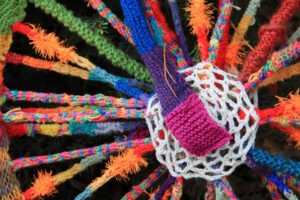
April 17, 2015;Washington Post
The next time you hear someone waxing on about how the “new donor” is so darn rational, think about this.
A new study published last week in the journal Current Biology finds that men tend to give more when an attractive woman asks and other men are giving. Nichola Raihani and Sarah Smith, co-authors of the study, examined 668 personal fundraising pages posted by people planning to run the London 2014 Marathon. Each of these met the criteria of including a photo, and listing donors by gender. A panel of four ranked the attractiveness of those depicted in the photos on a scale of 1 to 10 and then they looked at the giving patterns which appeared to be affected not just by the attractiveness of the fundraiser but the presence of other male givers.
Sign up for our free newsletters
Subscribe to NPQ's newsletters to have our top stories delivered directly to your inbox.
By signing up, you agree to our privacy policy and terms of use, and to receive messages from NPQ and our partners.
Raihani, of the genetics department at University College London, says, “It’s not enough to signal to members of the opposite sex; you also have to take into account what your competitors are doing and make sure your signal is at least as salient or competitive as [your] competitor.”
As a baseline, the researchers found that the average donation was 50 British pounds, or about $75 U.S. But if a recent donor gave double that, or 100 pounds, both men and women would then give about 60. That is good to know, but here is the “competitive helping” thing—the men would give four times more when 1) the fundraiser was an attractive woman and 2) the most recent big donor was a man. Women did not do the same when it came to attractive men. “Female donors do not compete in this way,” the authors found.
Smith, whose previous research has focused on the tendency of donors to use the size of previous donations as a guide to what they will give, said, “We didn’t set out to go after the men, but it turned it out it was only the men” showing this competitive helping behavior. In this new study, both men and women gave more when a previous donation was large, but only men made these giving “displays.”—Ruth McCambridge











